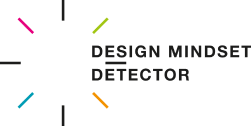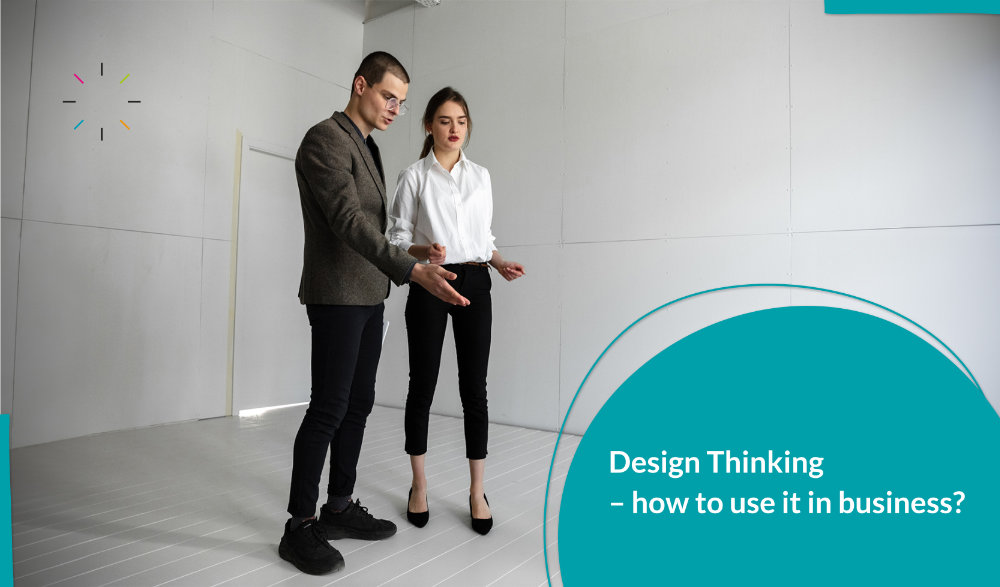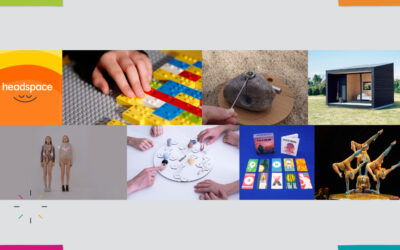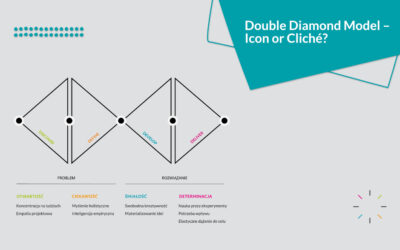In a business environment where competition is fierce and the market is constantly changing, companies are looking for new ways to stand out and deliver value to their customers. One of the key elements leading to success is Design Thinking. Initially associated mainly with design, Design Thinking has become a universal tool that can be used in various business areas. It helps organizations identify problems, generate innovative solutions, and adapt to the dynamically changing market needs.
Quick Links
- Design Thinking as a Tool for Business Process Optimization
- Integrating Design Thinking with Business Strategy
- How Design Thinking Contributes to Increased Profitability and Customer Value
Design Thinking as a Tool for Business Process Optimization
Continuous adaptation and optimization are key elements in the pursuit of success. In this context, Design Thinking offers a unique approach to problem-solving and improving operations. This method is not limited to creating visually appealing solutions but focuses on deeply understanding and responding to the real needs of users and customers. Through empathy, prototyping, and iterative testing, Design Thinking allows for the rapid identification of imperfections in processes and the introduction of necessary improvements. The result is not only higher operational efficiency but also the delivery of value that truly matters to customers, leading to increased loyalty, satisfaction, and ultimately, revenue.
Integrating Design Thinking with Business Strategy
As the market evolves and customer expectations grow, integrating Design Thinking with business strategy becomes a crucial element for achieving success. Design Thinking, focusing on empathy, collaboration, and iterative testing, allows organizations to deeply understand and anticipate their customers’ needs. When this process is fully integrated into the business strategy, it transforms how companies approach innovation, leading to the creation of solutions that are better tailored to real market needs. Such synergy not only enhances customer satisfaction but also positions companies at the forefront of the race for customers, giving them a competitive advantage in creating value and building lasting relationships.
Read also: Service Design with Design Thinking
How Design Thinking Contributes to Increased Profitability and Customer Value
Design Thinking, focused on deep understanding and empathy for the user, is the key to creating solutions that truly meet customer needs. This enables companies to create products and services that not only satisfy basic needs but also enrich experiences and exceed expectations. When customers perceive additional value, they are more likely to continue their cooperation, leading to greater loyalty and more frequent use of the offer. Additionally, products and services based on Design Thinking are often more innovative and effective, which can contribute to reduced operational costs and increased efficiency. As a result, Design Thinking is a tool that simultaneously increases the profitability of a company and delivers exceptional value to the customer.
Design Mindset Detector™ is a professional psychometric tool for measuring and developing predispositions essential for executing projects using the Design Thinking approach – learn more





